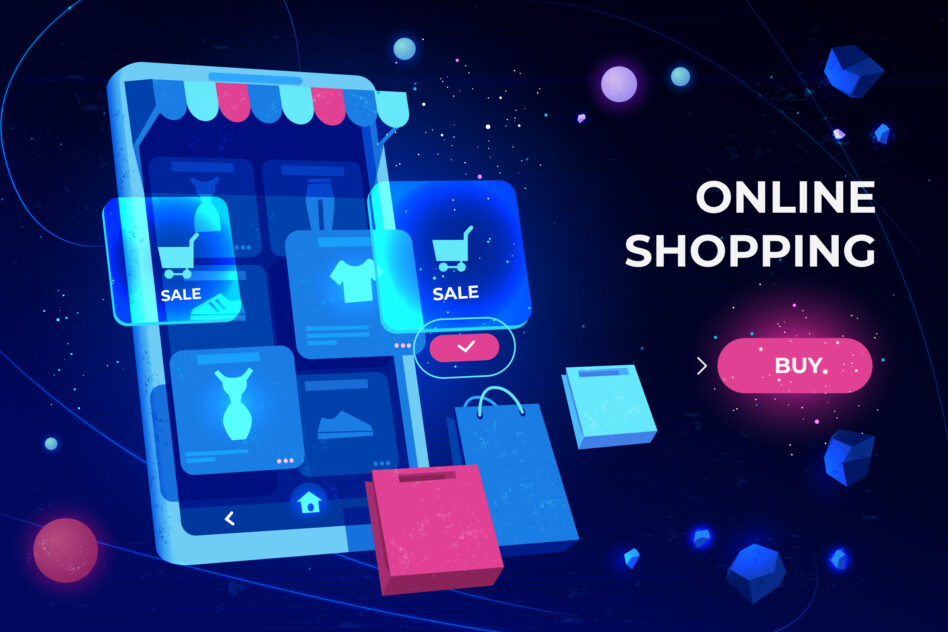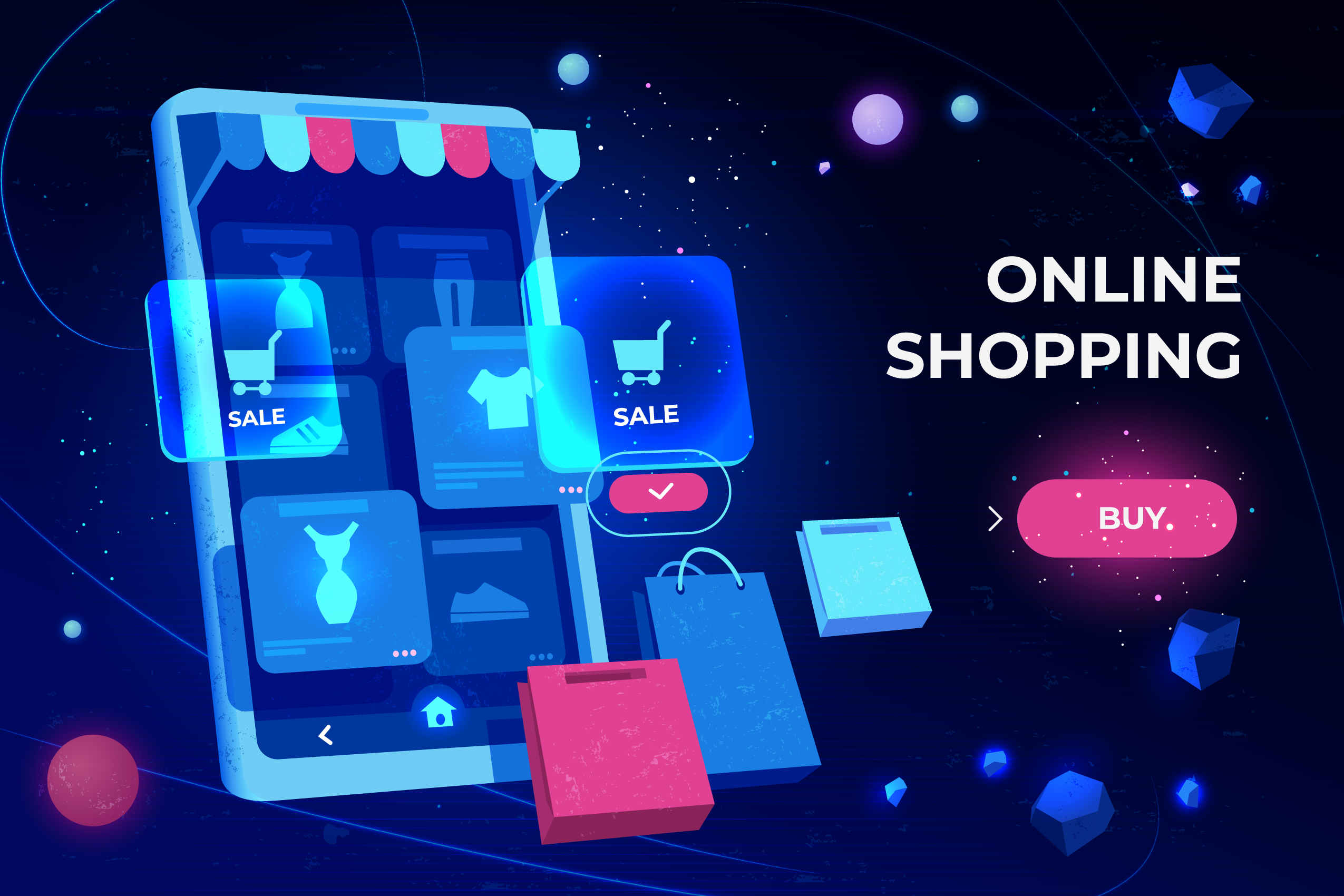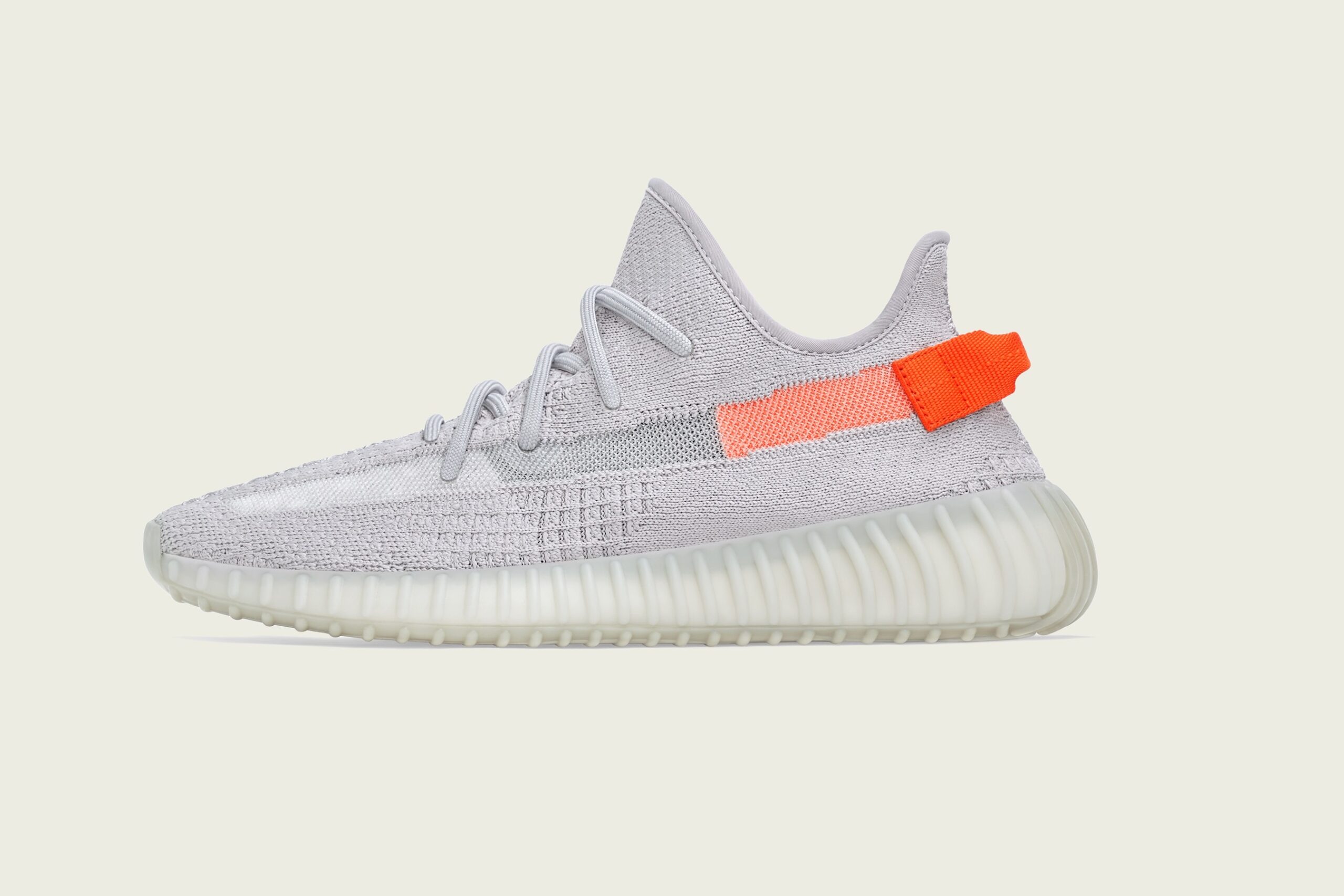
The following guide provides a roadmap on how to start your online business in 2023. It has some steps specific for the US however these steps mostly can be applied in any other country.
The 2020 pandemic significantly changed the shopping habits of people, especially in developed economies, such as the US, UK, and European countries. The number of people continually using online shopping has increased dramatically. Even though now, after the pandemic, people are returning to more common, brick-and-mortar shopping, the average number of online purchases in the US is significantly higher compared with the same number in 2019, i.e. pre-pandemic.
This has created a lot of opportunities for entrepreneurs looking to start their own online retail businesses. Another driving force for increased online shopping business is the ease of creating e-commerce websites nowadays and organizing the logistics, i.e. warehousing, picking, packing, and delivering orders. Lots of these can be done through third-party providers, for reasonable costs.
For example, having your own professionally-looking website nowadays is quite easy. You can order it from one of the numerous agencies that build e-commerce websites for quite reasonable costs. Or, if you are tech-savvy, you can even build your initial website yourself, using numerous 3rd party tools. They allow creating of professionally looking sites that an average user would not recognize are done by a non-professional. It will probably lack some functionalities but for the initial launch of the business, it will be more than capable to do the job. Later, if your business goes well and it starts earning money, you can invest in ordering a professional agency to redo your site. Or you can even hire a professional developer for a permanent position in your staff.
The increased use of online shopping by the general population, and the ease of creating websites and organizing the logistics through third-party providers, becoming an online retailer in the US is easier than ever. There are certain steps and considerations though, and we have compiled a list of steps to make your planning easier. Let’s go through them:
1. Conduct market research, part 1
You can see that there are two ‘conduct market research’ steps in this plan, and this is not a mistake. It is intentional and very shortly you will see why we need two steps of market research. This first step is aimed to do market research including a broad range of sectors, for looking at various market niches to determine which ones have more potential for you. More potential in terms of profitability at this moment in time and forecasted future, ease of entry, level of competition, etc. It is also important in this step to look at and find sectors that are interesting for you to work on. The results of this step lead to the next step.
2. Define your niche
Based on the previous step, after looking at various options, you can define your niche. What products or services do you want to sell, and who is your target market? It’s important to choose a niche that you are passionate about and that has enough demand to support your business.
3. Conduct market research, part 2
Once you have chosen your niche, let’s do market research again, this time specifically aimed at researching the selected niche. It’s important to conduct market research to understand your competition, consumer trends, and pricing strategies. This will help you to develop a business plan and marketing strategy that is tailored to your target market.
4. Choose your business structure
Before you start selling online, you will need to choose a business structure. This can be a sole proprietorship, partnership, LLC, or corporation. Each structure has its own advantages and disadvantages, so it’s important to choose the one that best fits your business needs.
5. Register your business
Once you have chosen your business structure, you will need to register your business with the appropriate state and federal agencies. This includes obtaining a tax ID number, registering for state and local taxes, and obtaining any necessary licenses and permits.
6. Choose an e-commerce platform and set up your website
There are many e-commerce platforms available, such as Shopify, WooCommerce, and BigCommerce. These platforms provide the tools you need to set up and manage your online store, including website templates, payment processing, and inventory management. Your website is your storefront, so it’s important to create a professional and user-friendly website that showcases your products and brand. This includes creating product pages, setting up a shopping cart, and integrating payment processing.
7. Source your products
Depending on your niche, you may need to source products from wholesalers, manufacturers, or distributors. It’s important to find reliable suppliers who can provide quality products at a competitive price. And this is where Wholesale Managers can be of great help, in finding the best suppliers in your niche at your geographical location.
8. Develop a marketing strategy
In order to drive traffic to your website and generate sales, you will need to develop a marketing strategy that includes SEO, social media marketing, email marketing, paid advertising, and most importantly, content creation.
9. Build content for your website
After your website is developed you need to fill it with content. Google doesn’t like empty websites and does not show them in the search results. Content creation is a time-consuming and hard process, and is often underestimated by many e-commerce sites. It is one of the cornerstones of building organic traffic to your site that brings qualified buyers. Paid advertisement is one of the sources of traffic, but it is often not feasible as the only source of traffic if the advertisement costs are higher than your revenue.
For this reason, you need to build organic traffic to your site, and the best and the most acceptable way is through building interesting and engaging content on your site. For example, if your website sells t-shirts, you might want to have product pages with detailed and unique (not copy-pasted) descriptions of different models and high-quality photographs of products. You may want a customer reviews section for each product, where users will share their experience of buying and using the product, as this also adds to the content of your site. You may also want to have a blog on your site with various information articles related to t-shirts. Such as how to choose t-shirts, who are the top manufacturers and what different t-shirts they produce, how to choose the right size, what materials are good for comfortable wearing, and much more. Each of these topics can be an article.
And remember, content creation is a continuous process. As an owner of a website, you will have to be continually involved in building more content for your site.
10. Fulfill orders and provide customer service
Once you start selling online, you will need to fulfill orders and provide customer service. This includes processing orders, shipping products, and responding to customer inquiries and complaints.
11. Monitor and optimize your business
Finally, it’s important to monitor and optimize your business to ensure that you are meeting your goals and making a profit. This includes analyzing sales data, adjusting pricing and marketing strategies, and continually improving your product offerings and customer experience.

The following guide provides a roadmap on how to start your online business in 2023. It has some steps specific for the US however these steps mostly can be applied in any other country.
The 2020 pandemic significantly changed the shopping habits of people, especially in developed economies, such as the US, UK, and European countries. The number of people continually using online shopping has increased dramatically. Even though now, after the pandemic, people are returning to more common, brick-and-mortar shopping, the average number of online purchases in the US is significantly higher compared with the same number in 2019, i.e. pre-pandemic.
This has created a lot of opportunities for entrepreneurs looking to start their own online retail businesses. Another driving force for increased online shopping business is the ease of creating e-commerce websites nowadays and organizing the logistics, i.e. warehousing, picking, packing, and delivering orders. Lots of these can be done through third-party providers, for reasonable costs.
For example, having your own professionally-looking website nowadays is quite easy. You can order it from one of the numerous agencies that build e-commerce websites for quite reasonable costs. Or, if you are tech-savvy, you can even build your initial website yourself, using numerous 3rd party tools. They allow creating of professionally looking sites that an average user would not recognize are done by a non-professional. It will probably lack some functionalities but for the initial launch of the business, it will be more than capable to do the job. Later, if your business goes well and it starts earning money, you can invest in ordering a professional agency to redo your site. Or you can even hire a professional developer for a permanent position in your staff.
The increased use of online shopping by the general population, and the ease of creating websites and organizing the logistics through third-party providers, becoming an online retailer in the US is easier than ever. There are certain steps and considerations though, and we have compiled a list of steps to make your planning easier. Let’s go through them:
1. Conduct market research, part 1
You can see that there are two ‘conduct market research’ steps in this plan, and this is not a mistake. It is intentional and very shortly you will see why we need two steps of market research. This first step is aimed to do market research including a broad range of sectors, for looking at various market niches to determine which ones have more potential for you. More potential in terms of profitability at this moment in time and forecasted future, ease of entry, level of competition, etc. It is also important in this step to look at and find sectors that are interesting for you to work on. The results of this step lead to the next step.
2. Define your niche
Based on the previous step, after looking at various options, you can define your niche. What products or services do you want to sell, and who is your target market? It’s important to choose a niche that you are passionate about and that has enough demand to support your business.
3. Conduct market research, part 2
Once you have chosen your niche, let’s do market research again, this time specifically aimed at researching the selected niche. It’s important to conduct market research to understand your competition, consumer trends, and pricing strategies. This will help you to develop a business plan and marketing strategy that is tailored to your target market.
4. Choose your business structure
Before you start selling online, you will need to choose a business structure. This can be a sole proprietorship, partnership, LLC, or corporation. Each structure has its own advantages and disadvantages, so it’s important to choose the one that best fits your business needs.
5. Register your business
Once you have chosen your business structure, you will need to register your business with the appropriate state and federal agencies. This includes obtaining a tax ID number, registering for state and local taxes, and obtaining any necessary licenses and permits.
6. Choose an e-commerce platform and set up your website
There are many e-commerce platforms available, such as Shopify, WooCommerce, and BigCommerce. These platforms provide the tools you need to set up and manage your online store, including website templates, payment processing, and inventory management. Your website is your storefront, so it’s important to create a professional and user-friendly website that showcases your products and brand. This includes creating product pages, setting up a shopping cart, and integrating payment processing.
7. Source your products
Depending on your niche, you may need to source products from wholesalers, manufacturers, or distributors. It’s important to find reliable suppliers who can provide quality products at a competitive price. And this is where Wholesale Managers can be of great help, in finding the best suppliers in your niche at your geographical location.
8. Develop a marketing strategy
In order to drive traffic to your website and generate sales, you will need to develop a marketing strategy that includes SEO, social media marketing, email marketing, paid advertising, and most importantly, content creation.
9. Build content for your website
After your website is developed you need to fill it with content. Google doesn’t like empty websites and does not show them in the search results. Content creation is a time-consuming and hard process, and is often underestimated by many e-commerce sites. It is one of the cornerstones of building organic traffic to your site that brings qualified buyers. Paid advertisement is one of the sources of traffic, but it is often not feasible as the only source of traffic if the advertisement costs are higher than your revenue.
For this reason, you need to build organic traffic to your site, and the best and the most acceptable way is through building interesting and engaging content on your site. For example, if your website sells t-shirts, you might want to have product pages with detailed and unique (not copy-pasted) descriptions of different models and high-quality photographs of products. You may want a customer reviews section for each product, where users will share their experience of buying and using the product, as this also adds to the content of your site. You may also want to have a blog on your site with various information articles related to t-shirts. Such as how to choose t-shirts, who are the top manufacturers and what different t-shirts they produce, how to choose the right size, what materials are good for comfortable wearing, and much more. Each of these topics can be an article.
And remember, content creation is a continuous process. As an owner of a website, you will have to be continually involved in building more content for your site.
10. Fulfill orders and provide customer service
Once you start selling online, you will need to fulfill orders and provide customer service. This includes processing orders, shipping products, and responding to customer inquiries and complaints.
11. Monitor and optimize your business
Finally, it’s important to monitor and optimize your business to ensure that you are meeting your goals and making a profit. This includes analyzing sales data, adjusting pricing and marketing strategies, and continually improving your product offerings and customer experience.



